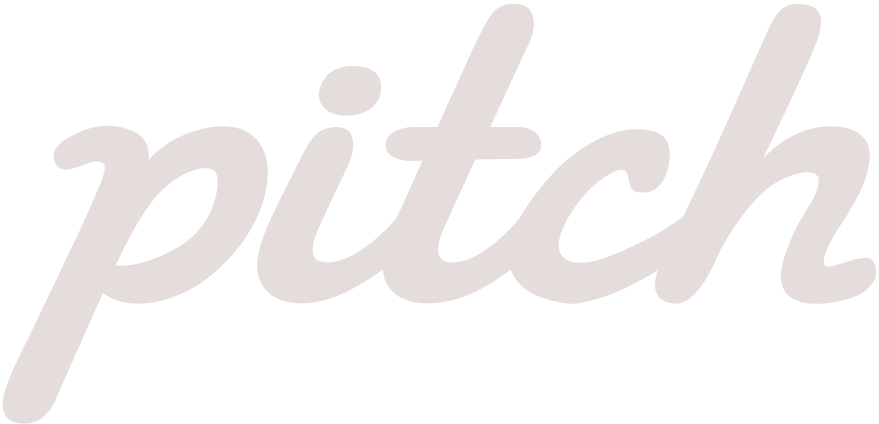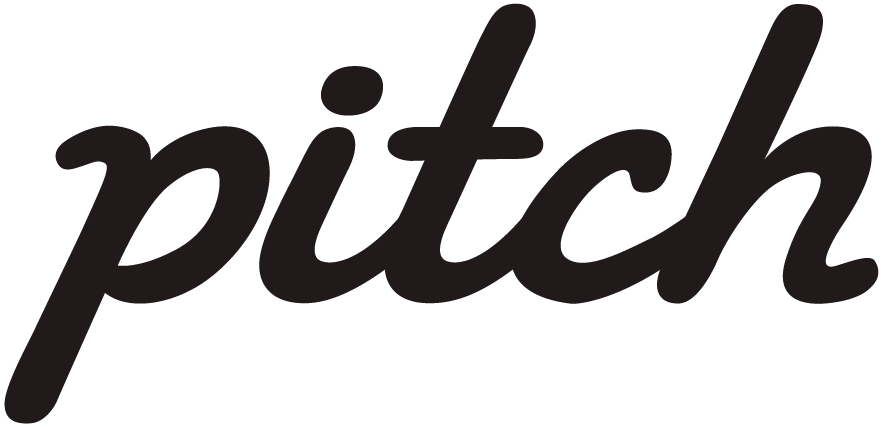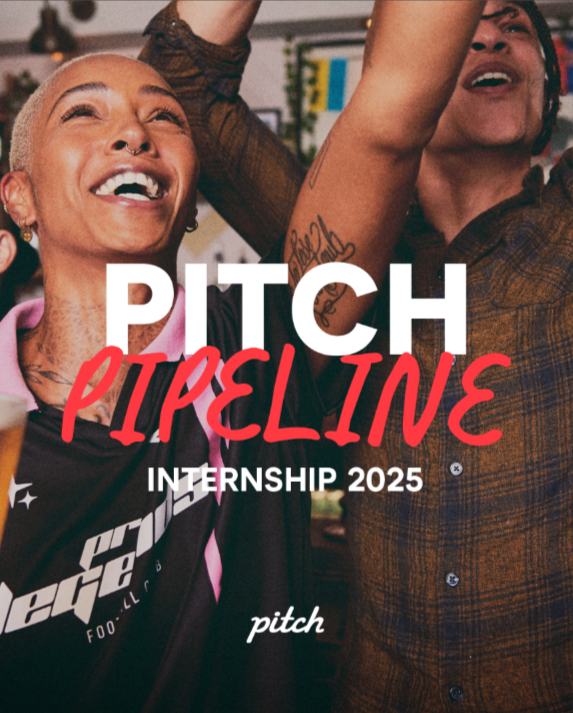Since social media came to significant prominence, the NBA has been considered a pioneering and leading sport organisations in the digital sphere.
Basketball, a sport that is synonymous with ‘cool’, has a target audience that aligns perfectly with various social media channels – primarily Twitter and Snapchat in the US, with Facebook being an advantageous channel across Europe. Hence, the league and individual teams have a strong online presence and provide their fans with frequent, unique engagement opportunities.
With great access to players, arguably better than any other major, male league in the world, the NBA is able to produce content that is of incredible value to their fans. Even more so than the league, the individual teams have brilliant relationships with their respective players, allowing them to publish strong performance-led content, but also behind-the-scenes lifestyle content, too.
Content Distribution
It is the way that these teams are distributing their content that is important.
Over the summer, a number of NBA teams have engaged in conversations ranging from #NBAsweets, #NBAsuperheroes and more recently, #NBAschedule.
Increasingly, we are seeing social media teams pre-plan conversations offline before strategically publishing content at mutually agreed times. Whether this is the case with the NBA teams or not is irrelevant, as the content is distributed across a long period of time, involves a significant number of parties and has occasional mistakes which add to the authenticity and humour of the content.
Being a Fan
Why is this content strategy so effective? Because the NBA teams write as their fans on social media. Is this possible for English sports teams to do on social media? Not really. Of course, clubs and teams can start campaigns that are targeted at fans and use fan terminology, but can they actually act as a conventional fan? If they can, they are reluctant to. A vast majority of sports teams have already established a formal, informative tone on social media that does not allow them to deviate to a more colloquial voice. If they did all of a sudden adopt a ‘fans’ tone, it would no doubt appear forced and cringeworthy, leaving them open to ruthless criticism online.
Another point of interest is the methods in which NBA teams post their content on social media. Usually, when social media accounts want to engage with each other via a reply but also want to include a wider audience they put a full stop at the beginning of their message to ensure not just their audience views the content. Interestingly, many of the NBA teams do not do this, knowing that their content and messages are amusing and engaging enough that they will get visibility regardless. This also adds to the ‘fan’ feel of the content, which partnered with output such as memes and .GIFS is an legitimate way of connecting with fans.
Conversations Within the Community
When sports teams within a league usually engage, it is short, concise topical comments with the exchange lasting little over a few minutes.By NBA teams getting involved in fan-centred conversations and enhancing these with their unrivalled access, the community is amplified and encouraged. What better way to align your team (and/or brand) with both a new and existing audience than by improving your community from within the community?
The NBA is able to produce such great yet subtly brilliant content because they understand their fans. Couple this with the minds of some of the greatest digital professionals in America, that is a powerful combination to maximize great insight and opportunity. To build-up anticipation of the schedule announcement for the new NBA season, each team posted .GIFs of their players dancing – not the usual strategy for a sports team on social media!
Not only do the teams understand who their audience are, they understand what it means to be an NBA fan. A large number of NBA fans do not have the same affiliations with their respective teams. Often in the NBA, fans appreciate their talent of their opposition more and are open to positivity around rival teams. Rather than dedicated support towards a single team, fans commonly move teams when their favourite players move teams, as seen with LeBron’s recent move from Miami Heat to Cleveland Cavaliers.
The NBA, because of their existing brand values, research and community, are able to act on social media in ways that other leagues and teams are not able to do, or at least not able to do yet.
For example, Can you name another sports league in the world, where it would not be unorthodox for their teams to participate in a game of hangman via Twitter?






